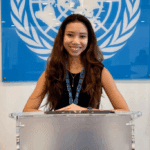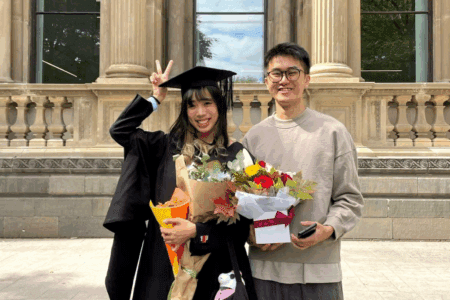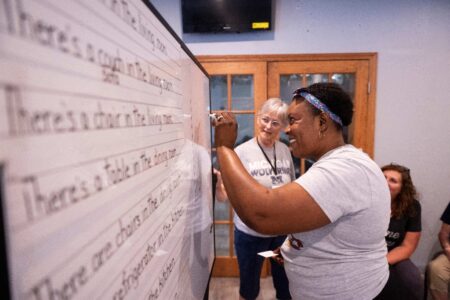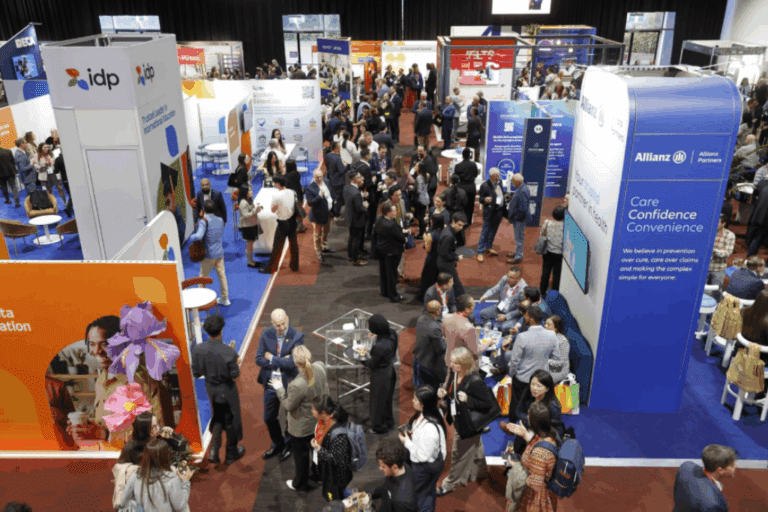
Change is a constant, and never has that felt truer than now, when technology such as artificial intelligence (AI) are rapidly developing every single day.
More than just recognising the change, it’s imperative we navigate it, which is why the Australian International Education Conference 2025 (AIEC 2025)’s theme was aptly named “Navigating Change.”
The conference, held in Canberra, Australia, from October 14 to 17, focused on how international educators, professionals, and organisations can embrace change and uncertainty to their advantage. “Right now, our sector is navigating complex challenges but also has a chance to redefine how we support students and demonstrate the value we bring to economies, workplaces and societies,” said IDP Education Chief Executive Officer Tennealle O’Shannessy. IDP Education is an international education organisation offering student placement in various countries.
Amidst all the changes and challenges, here are three takeaways from the four-day event.
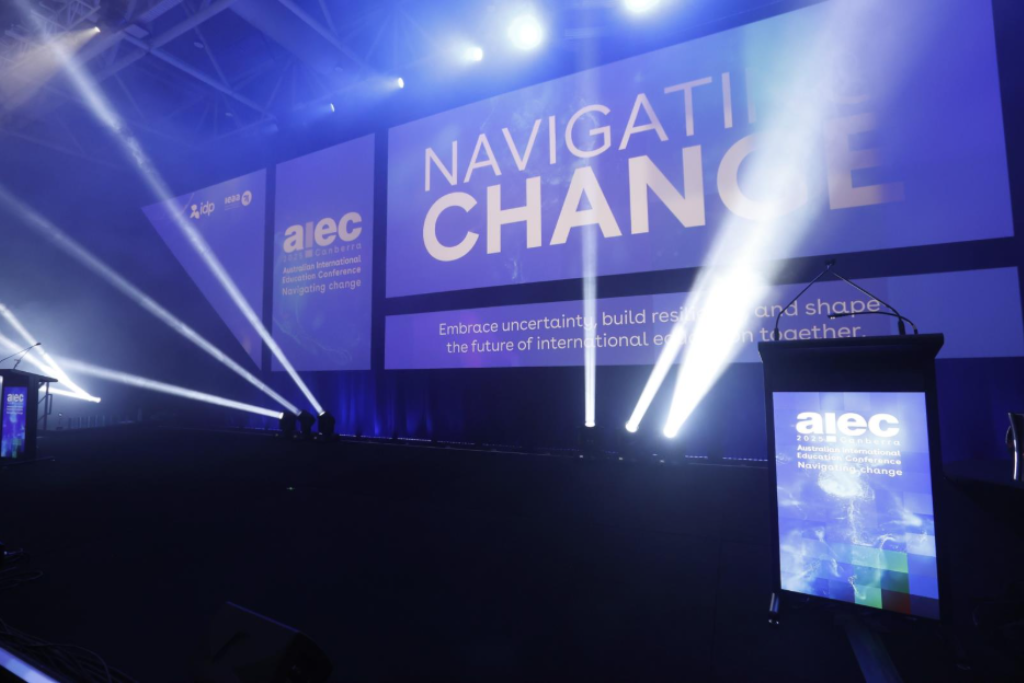
2025’s theme is “navigating change.” Source: Australian International Education Conference
1. The industry needs a more human-centric approach
Students are not just a statistic — but for some international students, they can’t help but see themselves as just a cash cow, valued primarily for their financial contributions.
At AIEC 2025, Cate Gilpin, National Coordinator of Welcoming Universities at Welcoming Australia, talked about this during her session “Bridging international education and immigration: towards a sustainable and inclusive future.”
The themes that Gilpin covered at AIEC 2025 follow on from a recent report she co-authored with Olga Cherniak. A key finding of the report was that international students feel they are valued more for their financial input than their cultural and social contributions.
Both her report and her session at AIEC 2025 talked about what a truly human-centred approach to international education and immigration means, and how policymakers can move beyond opaque and siloed frameworks, to instead focus on building transparent systems that support student success.
She recommends eight priorities, including communicating what’s available clearly and often, making support services accessible and culturally safe, and addressing specific, practical needs.
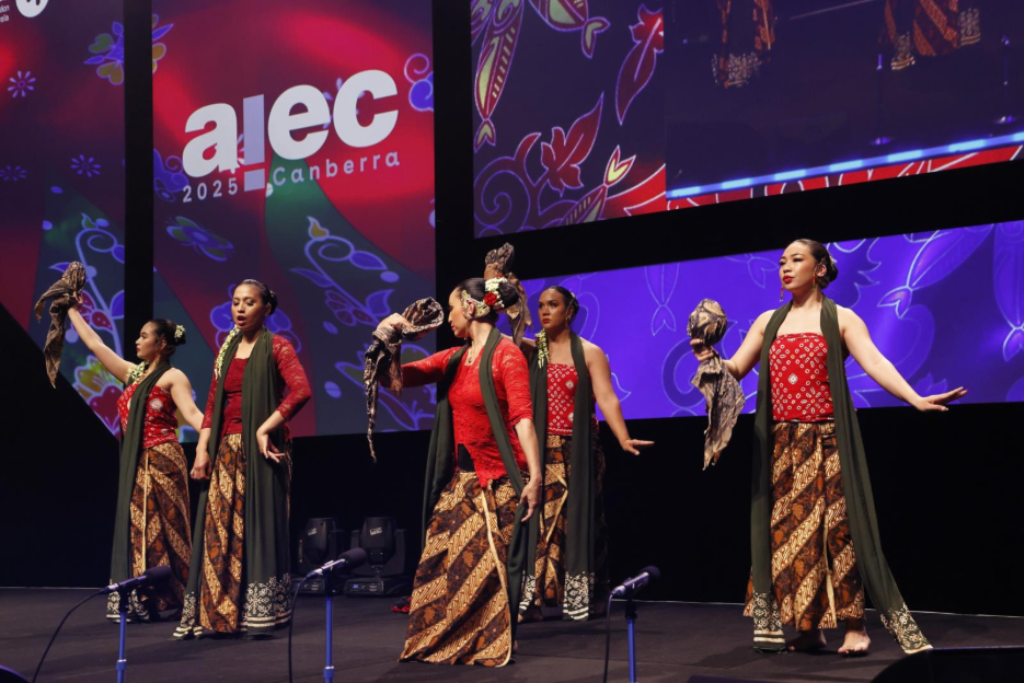
The conference is a convergence of networking, learning, and fun. Source: Australian International Education Conference
2. Eyes continue to be on Southeast Asia
In line with Invested: Australia’s Southeast Asia Economic Strategy to 2040, Australia’s education industry is very much focused on Southeast Asia.
While AIEC 2025 was underway, Australia’s federal government announced New Overseas Student Commencements (NOSC) limits for 2026. Ahead of these new NOSC caps, Table A universities (public institutions under the Higher Education Support Act 2003 that receive full federal funding) were required to align with the government’s push for deeper engagement with Southeast Asia.
“Engaging with Southeast Asia is in Australia’s national interest, and the 2026 international student allocations recognise universities which are demonstrating genuine focus on our region,” says Julian Hill, the Assistant Minister for International Education.
Dr. Mark Bailey, a Director at Australia’s Department of Foreign Affairs and Trade, led a session on international education policy at AIEC 2025. Here, he talked about how international education is a key part of the nation’s foreign policy and trade, and how Southeast Asia’s young, growing population is the next big demand wave.
As such, we can expect more Aussie degrees being offered offshore (via transnational education). These partnerships should be local, flexible, and co‑created.
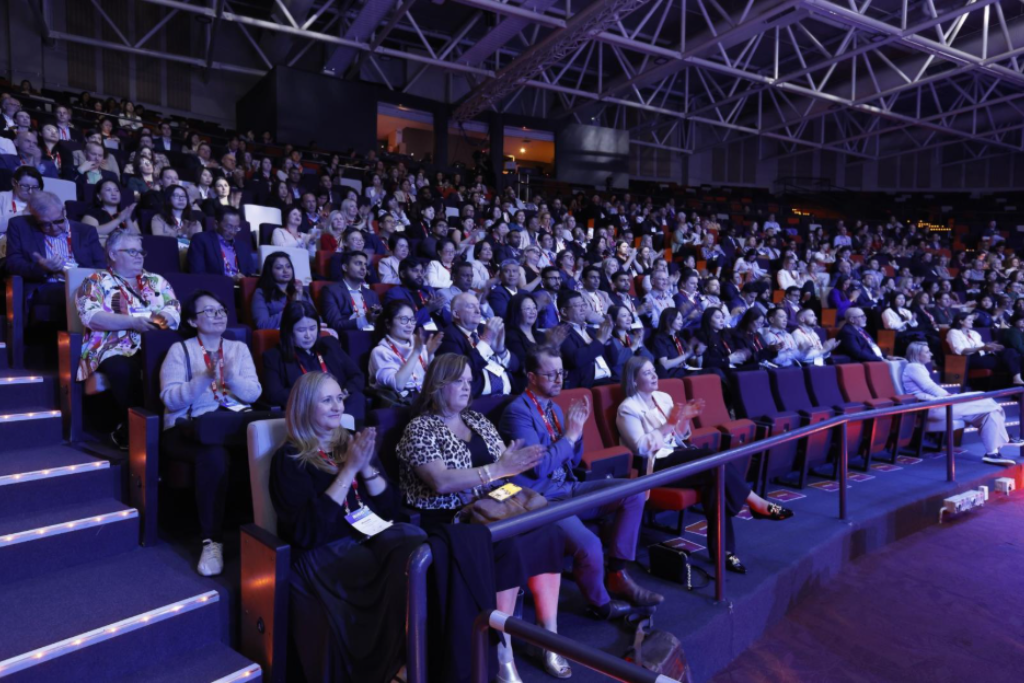
Panel topics at AIEC included the impact of AI, student wellbeing, and the evolving landscape of transnational education. Source: Australian International Education Conference
3. The industry, when collaborating, is resilient
From emerging technology to evolving policies, the future in international education looks daunting and uncertain.
But it is precisely because of the uncertainty that the industry must come together to share insights and plans for the future. Given the current state of the world, these plans should tackle AI-readiness, postgraduate employment strategies, and mental health support, among other pressing issues.
Students don’t need platitudes, they need authentic insights, which is why user-generated content amongst students may have more impact than overly polished marketing materials straight from the university.
And with high turnout and a sense of resounding optimism at AIEC 2025, it’s clear that stakeholders and changemakers are aware that they need to work with one another and with students to create a sustainable future together.




